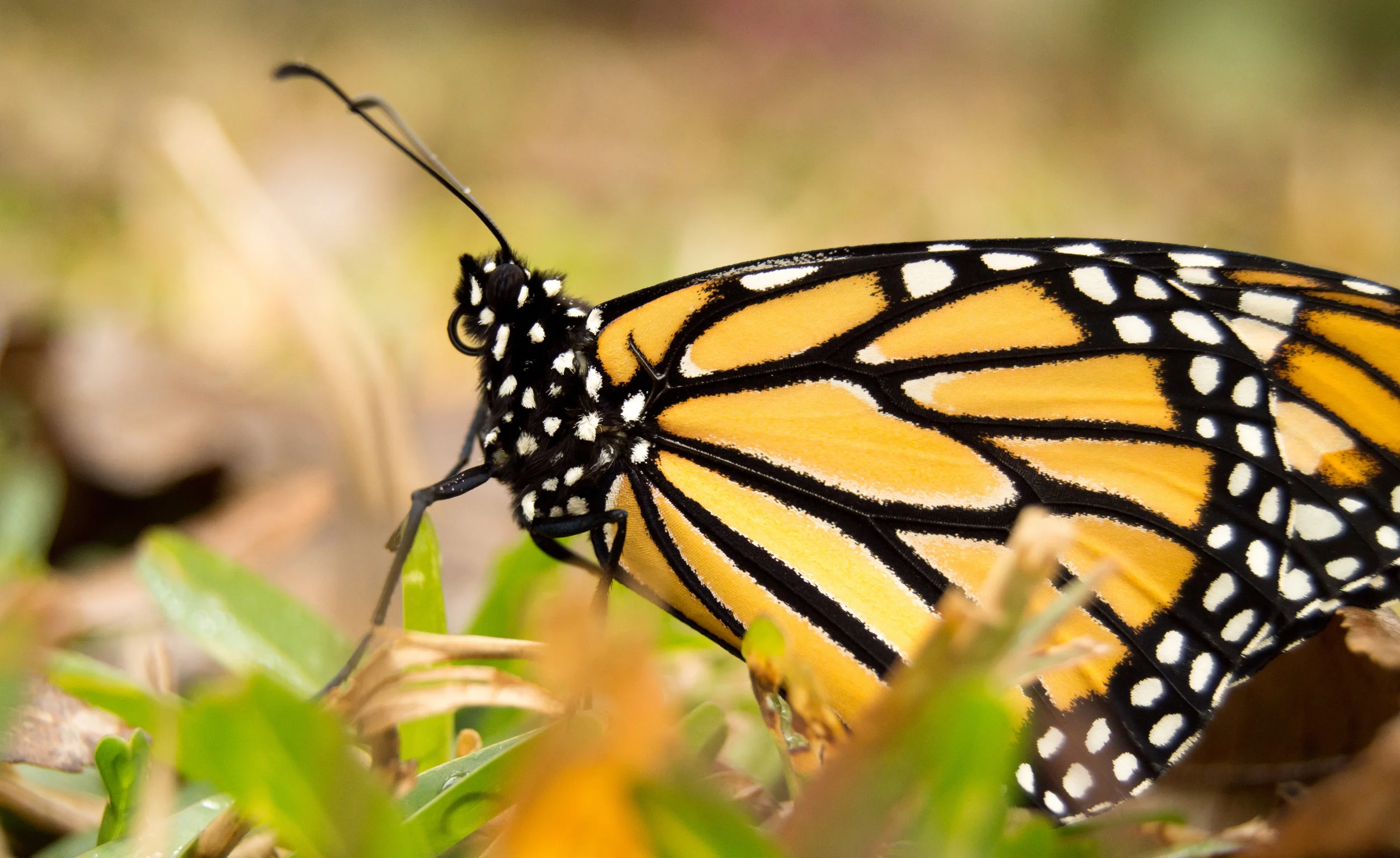Everyday Nature: Spring Re-Awakens by Alessandra Simmons
/Like many of the trees on the Island, the Everyday Nature column has been dormant for a while. I was finishing up my PhD in English with a creative dissertation — which means I wrote about 60 pages of original poetry and a 30-page critical introduction. My dissertation, titled What Is Urgent Is Also Beautiful after a poem I wrote for a Write On and Midsummer Music collaborative event last summer, is a study in ecopoetry. Ecopoetry — derived from the Greek word oikos, meaning house — is poetry that asks its reader and writer to consider the house we live in. It’s poetry that features our environment, the planet where we live as more than a setting for human stories and more than a metaphor for human emotions; the natural world is a fully fleshed character in its own right, place in crisis, a place of deep beauty.
When I moved to Milwaukee five years ago to start my PhD, I hadn’t heard of Washington Island, and yet, through a series of fortunate events, I had the opportunity to start farming on the Island and working as a Naturalist at the ANC the following summer. My oikos is now very much the Island, and the poems I wrote for my dissertation reflect that. I’ve written poems for economist Thornstein Veblen whose writing cabin is next to the Jacobsen Museum, poems for the mountain ash outside my bedroom window, for the eagle that dropped a seagull carcass in front of me while I took a winter walk, to lake flies and chickadees, to mushroom hunting.
While I have missed some of the aspects of student life like living in Milwaukee and teaching classes on campus, my Island home has afforded me a new perspective and space to grow as a writer, mother, gardener — for which I am incredibly grateful. Finishing up my dissertation on the Island during COVID-19 meant that my oral defense — a conversation about my dissertation with five professors — also took place on the Island. I sat in the Rutledge Room with my headphones plugged into my laptop connected to the most reliable Internet on the Island (that I know of) as my professors talked through my manuscript, asked me questions, and ultimately decided to pass me.
After the defense, I drove up Main Road, where I was flagged down by my husband and son, who surprised me with a picnic lunch that we enjoyed at Schoolhouse Beach. It was one of the first glorious sunny days that felt like spring was a harbinger for summer. I can’t think of a better way to celebrate.
So now I’m a doctor and I can prescribe poems, and I can also write Everyday Nature articles again! I look forward to starting that conversation again.
Selection from “What Is Urgent Is Also Beautiful”
For forsythia stitching yellow blooms, magnolia and serviceberry covered in a luxury of white, willows and birch washing the sky in gauzy green, these bags, their rotting innards do not exist. Only misunderstood as nuisances, when the wind lifts them from our hands and they tangle in branches. Trees do not know they are competing for spring. Who can bloom faster, fiercer. Catkins, seedpods, pollen tuffs, maple spinners, Q-tips, nylons, bottle caps.
Family Portrait on a Farm (1933)
A blur-faced son looks away, while his brothers hold
our gaze. Their light eyes ghost in this old photograph.
What did they want us to see? A field and its workers.
A mother, thin-lipped, worn and sun-spent as her sons’
clothes. What we are allowed to catalogue — how they
ploughed the acres and slopped the pigs. Seeded
and cut down. Threshed and slaughtered. Of the mother
we only allow for dishes washed, water carried, laundry
hung, coffee poured. But what of her mineral body
given and given and given. Ten sons and daughters
and three in the cemetery. Wheat poured through
a living thresher, calcium, phosphorus, potassium.
first published in Spillway

